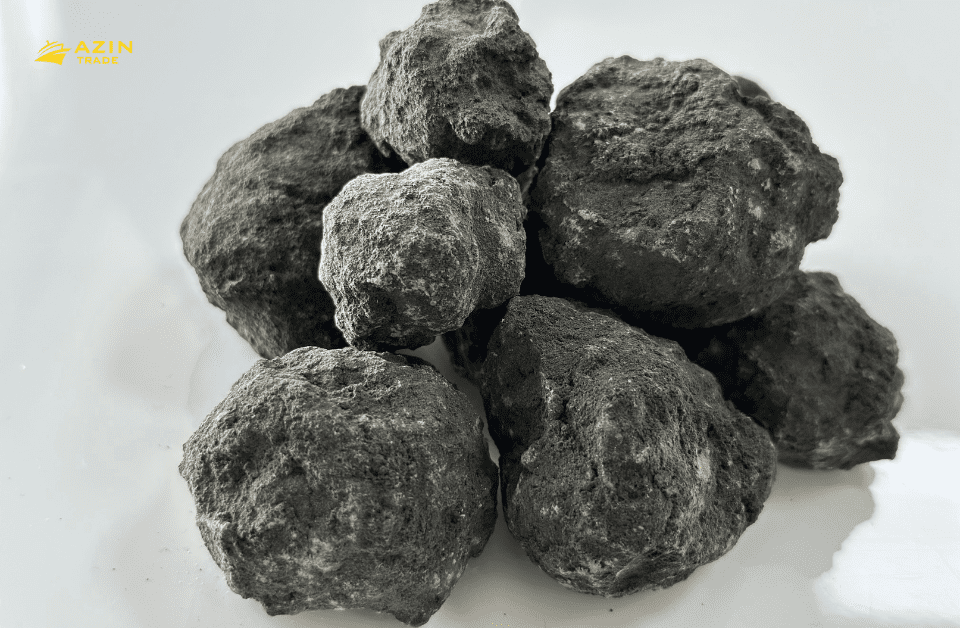Table of Contents
Introduction to Clinker
Why Clinker is Important in Construction
Types of Clinker
Key Qualities of a Reliable Clinker Supplier
Top Clinker Suppliers Worldwide
Factors to Consider When Choosing a Clinker Supplier
How to Evaluate Clinker Quality
The Future of Clinker in Construction
Conclusion
1. Introduction to Clinker
Clinker is a nodular material produced in the kilning stage during the production of cement. It is formed by heating limestone and clay to high temperatures until they partially fuse into lumps or nodules. These lumps are then cooled and ground into a fine powder, which, when mixed with gypsum and other additives, becomes cement.
2. Why Clinker is Important in Construction
Clinker plays a pivotal role in the construction industry. Here are some reasons why:
Strength and Durability: Clinker is a crucial component in cement, which in turn provides the strength and durability needed for construction projects.
Cost-Effectiveness: Using high-quality clinker can reduce overall construction costs by minimizing the amount of cement required.
Versatility: Clinker-based cement can be used in various applications, from building homes to constructing bridges and roads.
3. Types of Clinker
There are several types of clinker, each with distinct properties and uses. Understanding these can help in selecting the right type for your project.
Ordinary Portland Clinker: The most common type, used in general construction.
Sulfate-Resisting Clinker: Designed for environments with high sulfate exposure.
White Clinker: Used for decorative purposes due to its white color.
Low Heat Clinker: Ideal for large structures where heat reduction is crucial.
4. Key Qualities of a Reliable Clinker Supplier
Choosing a clinker supplier involves more than just comparing prices. Here are some key qualities to look for:
Quality Control: A reliable supplier should have stringent quality control measures to ensure consistent product quality.
Experience and Reputation: Look for suppliers with a proven track record and positive reputation in the industry.
Logistics and Delivery: Efficient logistics and timely delivery are crucial for keeping your project on schedule.
Customer Service: Good communication and support can make a significant difference in the overall experience.
5. Top Clinker Suppliers Worldwide
Here are some of the top clinker suppliers known for their quality and reliability:
LafargeHolcim: A leading supplier with a global presence and extensive product range.
Cemex: Known for its innovation and high-quality products.
HeidelbergCement: Offers a wide variety of clinker types to suit different construction needs.
CRH: Provides reliable supply chains and excellent customer service.
6. Factors to Consider When Choosing a Clinker Supplier
Selecting the right clinker supplier involves several considerations:
Geographical Location: Choose a supplier that is geographically close to reduce transportation costs and ensure timely delivery.
Product Range: Ensure the supplier offers the specific type of clinker you need for your project.
Certifications and Standards: Check if the supplier adheres to international quality standards and holds relevant certifications.
Sustainability Practices: Opt for suppliers who implement sustainable practices in their production processes.
7. How to Evaluate Clinker Quality
Evaluating the quality of clinker is essential to ensure the success of your construction project. Here are some methods:
Chemical Analysis: Determines the composition of the clinker and ensures it meets the required standards.
Physical Testing: Includes tests for hardness, color, and other physical properties.
Microscopic Examination: Provides insights into the clinker’s microstructure and potential weaknesses.
Performance Testing: Involves testing the clinker in actual cement production to assess its performance.
8. The Future of Clinker in Construction
The construction industry is continuously evolving, and so is the role of clinker. Here are some trends to watch:
Green Clinker: Environmentally friendly clinker that reduces carbon footprint.
Advanced Production Technologies: Innovations in production methods that enhance quality and efficiency.
Alternative Binders: Research into alternative materials that can replace or complement clinker in cement production.




